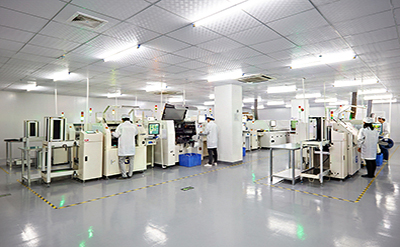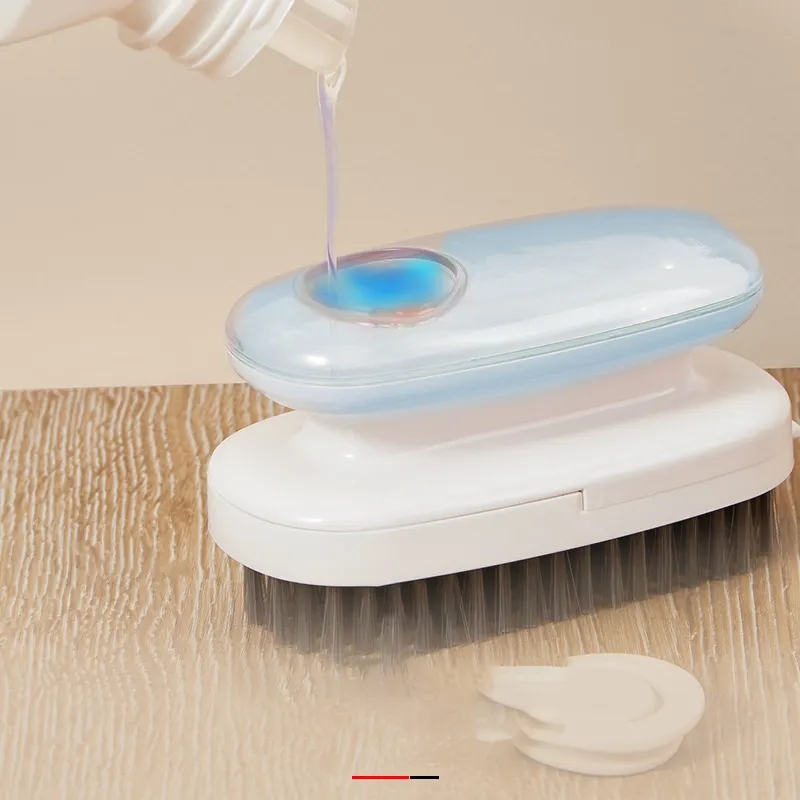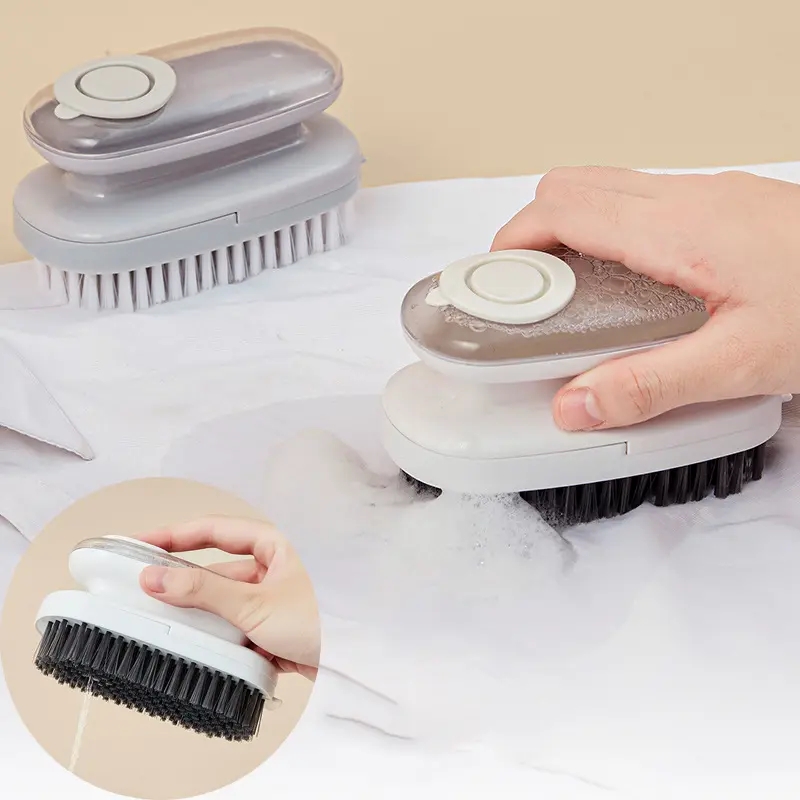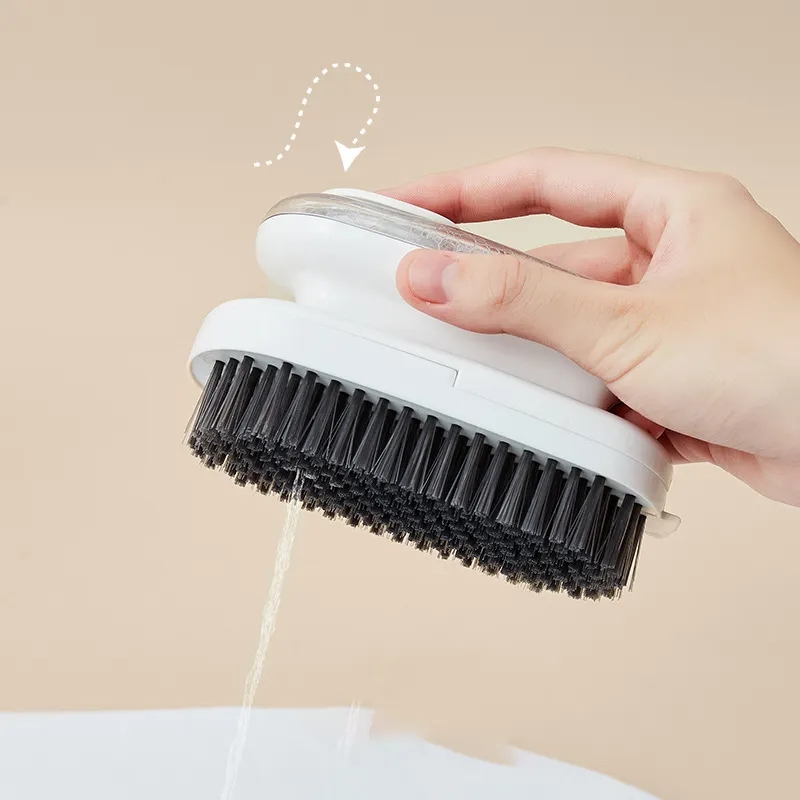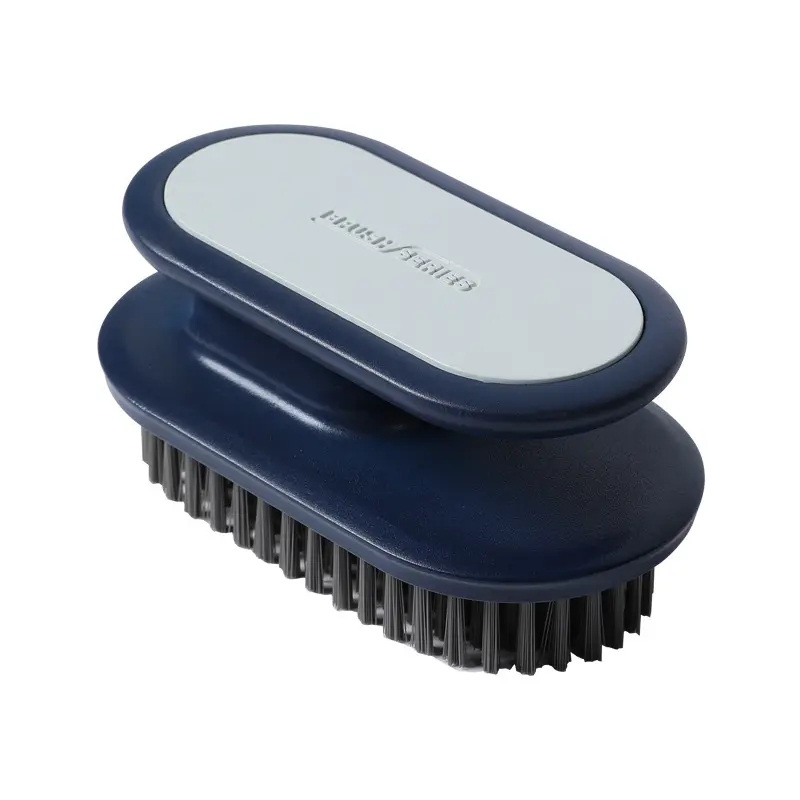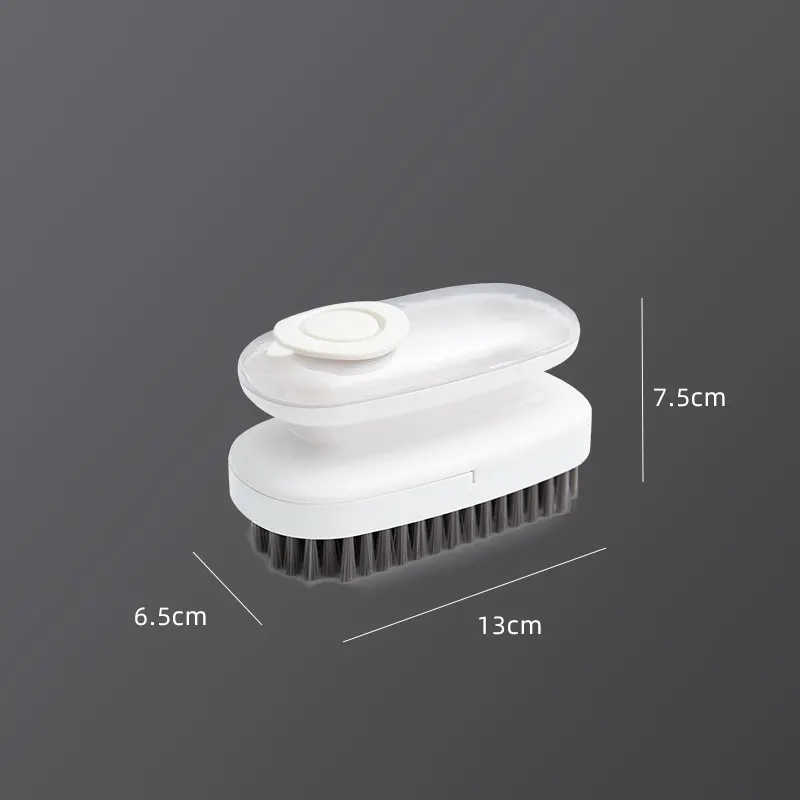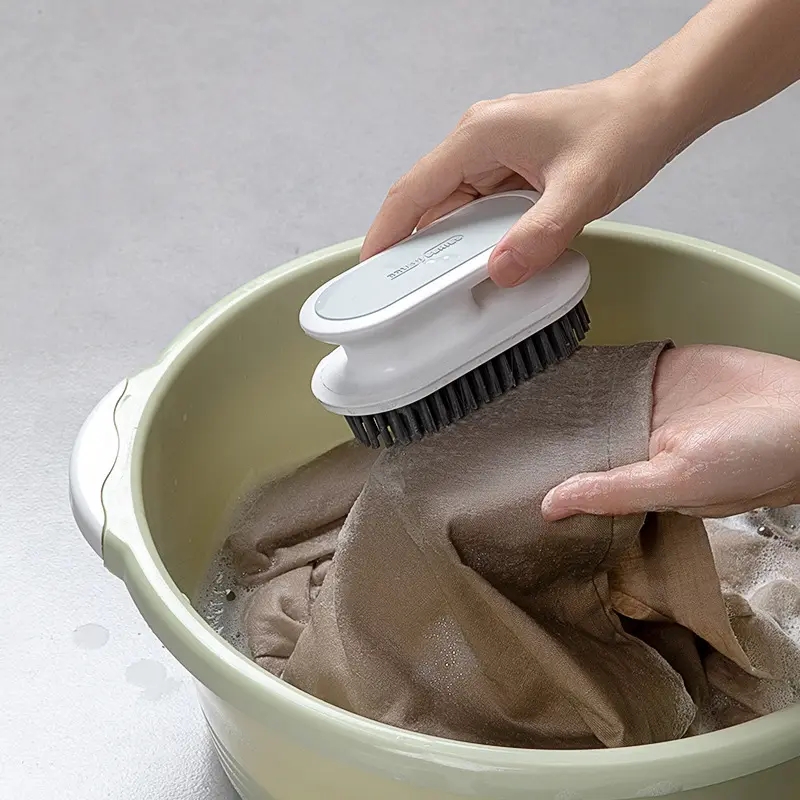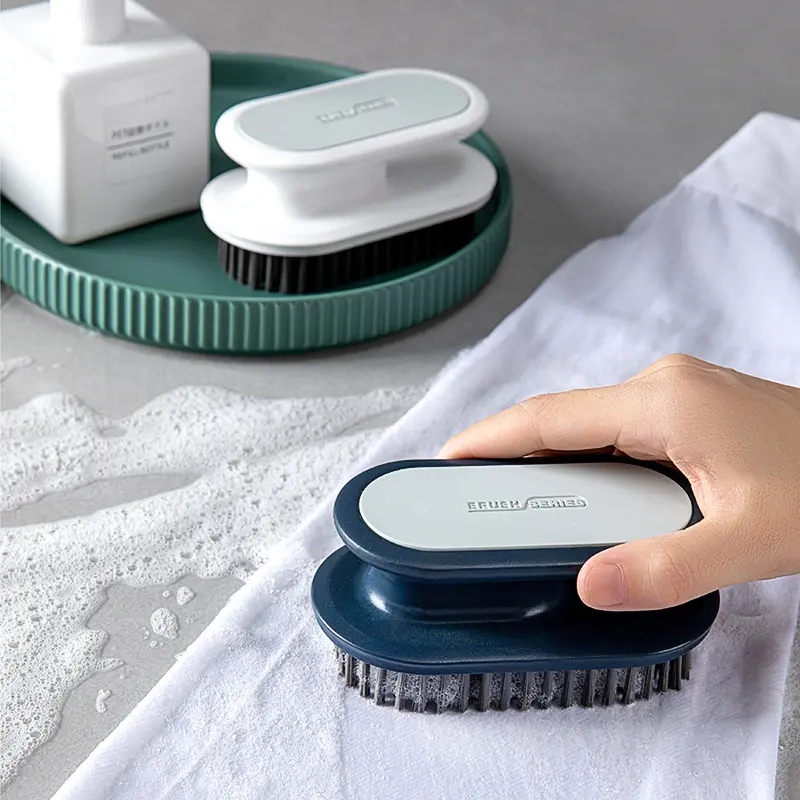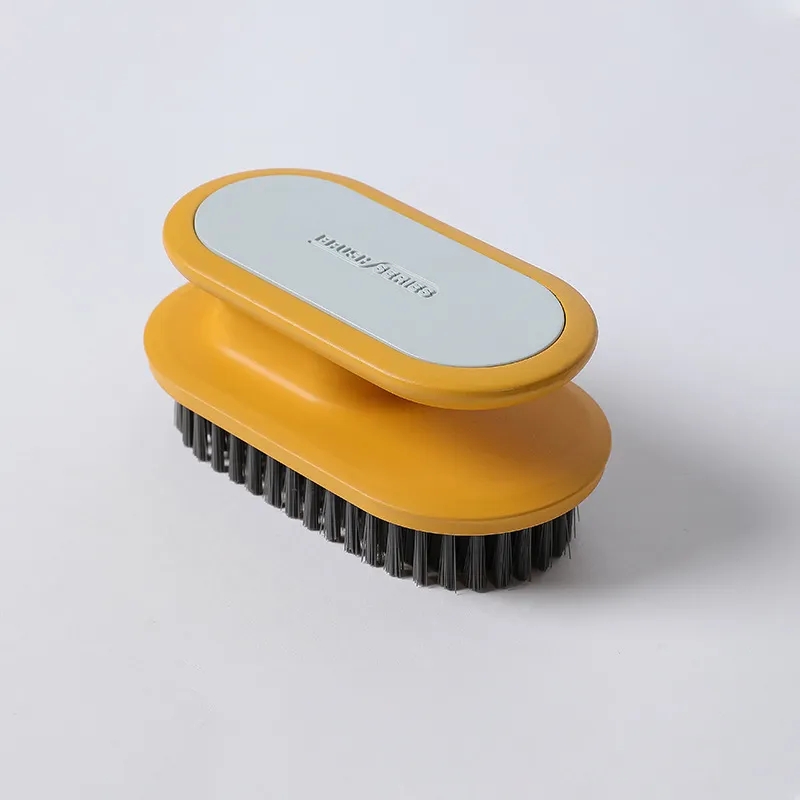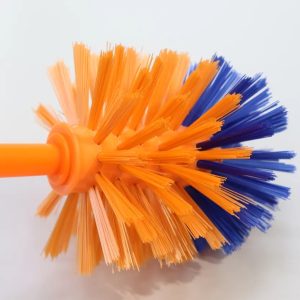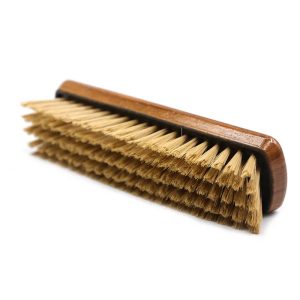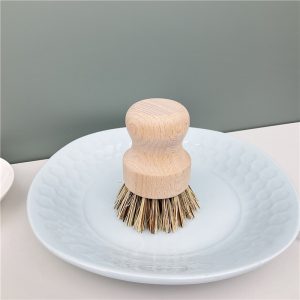Plastic brushes offer several benefits due to their durability, versatility, and ease of maintenance. Here are some of the key advantages:
- Durability: Plastic brushes are known for their durability and longevity. They can withstand regular use and exposure to various environmental conditions without deteriorating as quickly as some natural materials.
- Water Resistance: Plastic brushes are often water-resistant or waterproof, which makes them suitable for use in wet environments, such as bathrooms, kitchens, and outdoor settings.
- Versatility: Plastic brushes can be used for a wide range of applications, from cleaning dishes and scrubbing surfaces to grooming hair and painting. Their versatility makes them a practical choice for various tasks.
- Easy to Clean: Cleaning plastic brushes is generally straightforward. They can be easily rinsed and wiped down to remove dirt, debris, and residue. This quality makes them hygienic and suitable for use in tasks that require frequent cleaning.
- Affordability: Plastic brushes are usually more affordable than brushes made from premium natural materials. This affordability makes them accessible to a wide range of consumers.
- Variety of Bristle Types: Plastic brushes can have different types of bristles, each suited for specific tasks. Soft bristles are suitable for delicate surfaces and grooming, while stiff bristles are excellent for scrubbing tough stains and cleaning surfaces.
- Resistance to Chemicals: Plastic brushes can withstand exposure to a variety of cleaning agents and chemicals without significant damage. This resistance is particularly useful when dealing with tough stains or stubborn residues.
- Lightweight: Plastic brushes are lightweight, which makes them easy to handle and maneuver during various tasks. This characteristic is especially beneficial when using the brush for extended periods.
- Color and Design Options: Plastic brushes come in a wide range of colors, shapes, and designs, allowing you to choose a brush that matches your preferences or coordinates with your home decor.
- Reduced Allergen Concerns: Unlike brushes made from natural materials, plastic brushes are less likely to harbor allergens such as dust mites, pollen, or animal dander, which can be important for individuals with allergies.
Despite these benefits, it’s important to note that plastic brushes can contribute to environmental issues, as plastic is not biodegradable and can have a negative impact on ecosystems. Therefore, when using plastic brushes, it’s a good idea to prioritize responsible disposal and consider alternatives if environmental concerns are important to you.
Packaging methods for plastic brushes can vary depending on the type of brush, its size, intended use, and the manufacturer’s preferences. Here are some common packaging methods used for plastic brushes:
- Blister Packaging: Blister packaging involves sealing the plastic brush within a clear plastic shell, often with a cardboard backing. This type of packaging allows customers to see the product before purchasing and provides protection against tampering and damage.
- Plastic Bags or Pouches: Plastic brushes can be placed in simple plastic bags or pouches with resealable closures. This packaging method is cost-effective and straightforward.
- Hanging Packaging: Brushes designed for display on hooks or pegs can be packaged with a hanging feature. This often involves attaching the brush to a cardboard header with a hole for hanging.
- Cardboard Boxes: Some plastic brushes are packaged in cardboard boxes that provide more protection and branding space. The box can feature product information, usage instructions, and other relevant details.
- Shrink-Wrap Packaging: Shrink-wrap packaging involves sealing the plastic brush in a thin plastic film that is then heat-shrunk around the product. This method offers protection against dust, moisture, and tampering.
- Tubes or Cylinders: Some brushes, especially those used for specific purposes like art brushes, might be packaged in cylindrical tubes. These tubes provide protection and are often resealable.
- Combo Packs: Manufacturers sometimes bundle multiple plastic brushes together in one package. This could include brushes of different sizes, types, or bristle strengths.
- Customized Packaging: Some brands opt for unique and creative packaging solutions that align with their branding and target audience. This could involve using eco-friendly materials, innovative designs, or special graphics.
- Eco-Friendly Packaging: As environmental concerns grow, some manufacturers are opting for more sustainable packaging options, such as using recycled materials or reducing excess packaging.
- Transparent Boxes: Transparent plastic boxes or containers allow customers to see the brush clearly without opening the package. This can be particularly useful when showcasing the design or features of the brush.
- Retail Display Packaging: Brushes meant for retail stores might come in packaging designed for easy display on shelves or racks. This could include hanging hooks, stand-up features, or stackable designs.
- Bulk Packaging: For industrial or commercial use, plastic brushes might be packaged in bulk quantities, often in larger bags or boxes.
When selecting a packaging method for plastic brushes, manufacturers often consider factors such as product visibility, protection, ease of storage and transport, branding opportunities, and environmental considerations.
Plastic brushes offer several advantages that make them popular choices for various applications. Here are some of the key advantages of plastic brushes:
Durability: Plastic brushes are known for their durability and resistance to wear and tear. They can withstand regular use and exposure to various conditions without deteriorating quickly, making them long-lasting options.
Water Resistance: Plastic is inherently water-resistant, which makes plastic brushes suitable for tasks that involve water, moisture, or wet environments. They won’t absorb water, preventing them from becoming soggy or harboring mold and mildew.
Chemical Resistance: Plastic brushes can often withstand exposure to a variety of cleaning agents, chemicals, and solvents without being damaged. This makes them suitable for industrial, commercial, and household cleaning tasks.
Variety of Bristle Types: Plastic brushes can have different types of bristles, including soft, medium, and stiff options. This variety allows them to be used for a wide range of tasks, from gentle grooming to tough scrubbing.
Hygienic: Plastic brushes are easy to clean and sanitize, which is important for maintaining hygiene. They can be quickly rinsed and wiped down, reducing the risk of bacterial growth and cross-contamination.
Versatility: Plastic brushes are versatile tools that can be used for various purposes. They are commonly used in cleaning, grooming, painting, and more, making them handy tools to have in different settings.
Lightweight: Plastic brushes are lightweight and easy to handle, reducing strain during extended use. This characteristic is particularly beneficial for tasks that require repetitive motions.
Affordability: Plastic brushes are often more budget-friendly compared to brushes made from premium natural materials. This affordability makes them accessible to a wide range of consumers.
Design Flexibility: Plastic brushes can be manufactured in various shapes, sizes, and colors, allowing for customization to suit specific applications or brand aesthetics.
Low Maintenance: Plastic brushes require minimal maintenance compared to brushes made from natural materials. They don’t shed bristles as much and are less likely to become damaged from exposure to moisture.
Hypoallergenic: Plastic brushes are less likely to harbor allergens such as dust mites, pollen, or animal dander, which can be beneficial for individuals with allergies or sensitivities.
Consistency: Plastic brushes can be manufactured to consistent specifications, ensuring uniform performance and results over time.
Environmental Considerations: Some plastic brushes are made from recycled materials or are designed for reuse, which can contribute to reduced environmental impact.
It’s important to note that while plastic brushes have many advantages, there are also environmental concerns associated with their production and disposal due to the non-biodegradable nature of plastic. Manufacturers and consumers should consider sustainable practices and alternatives when possible.


